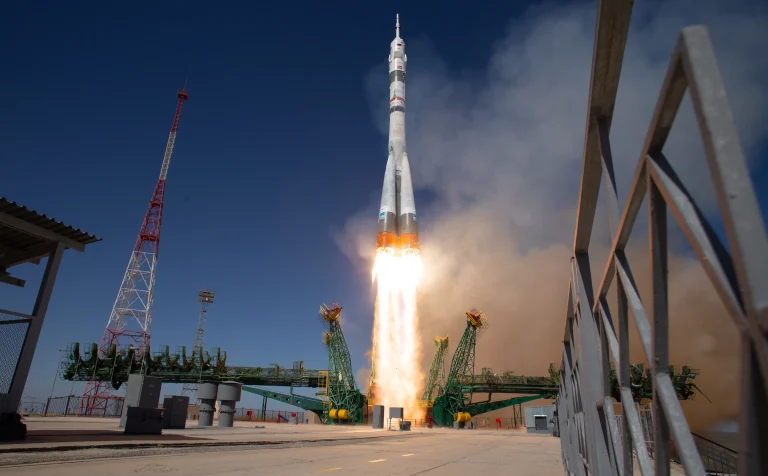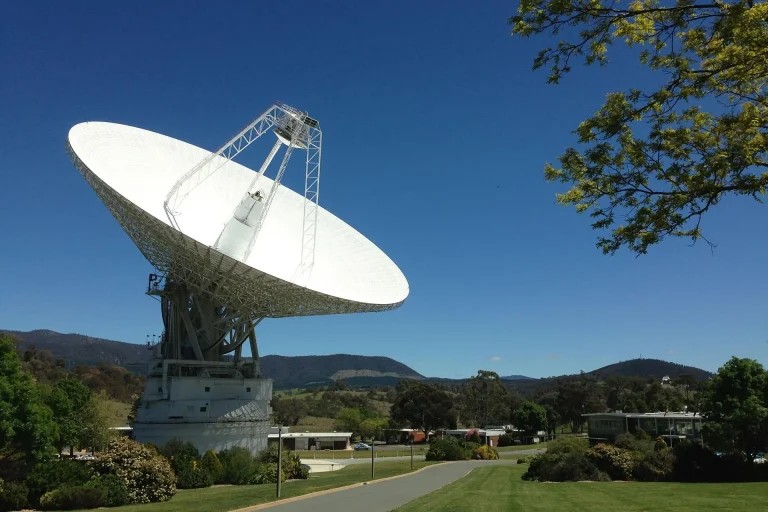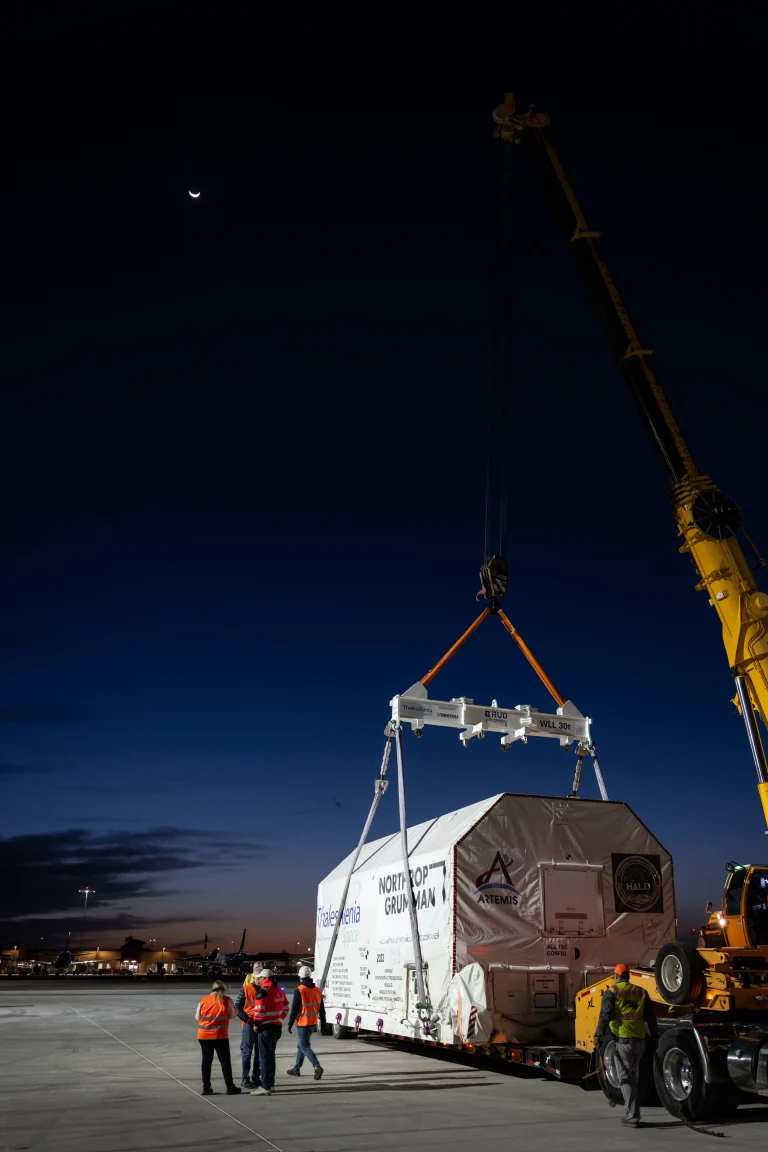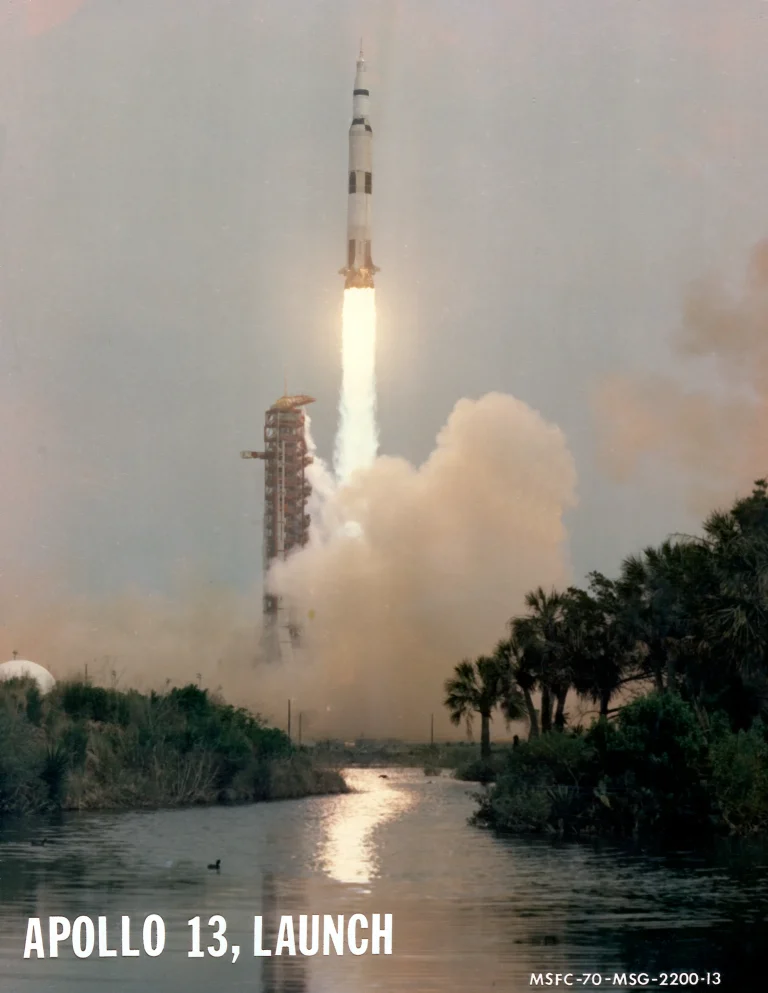This Dec. 21, 2002, artist’s concept of NASA’s Galaxy Evolution Explorer imagines what the space telescope would look like during its mission. Launched April 28, 2003, it studied the shape, brightness, size and distance of galaxies across 10 billion years of cosmic history. By observing ultraviolet wavelengths, the telescope measured the history of star formation in the universe.
This space telescope allowed astronomers to uncover mysteries about the early universe and how it evolved, as well as better characterize phenomena like black holes and dark matter. The mission was extended three times over a period of 10 years before it was decommissioned in June 2013.
Image Credit: NASA/JPL-Caltech
2002年12月21日,NASA星系演化探测器的艺术家概念图,想象了太空望远镜在执行任务期间的样子。它于2003年4月28日发射,研究了100亿年宇宙历史中星系的形状、亮度、大小和距离。通过观察紫外线波长,望远镜测量了宇宙中恒星形成的历史。
这台太空望远镜使天文学家能够揭开早期宇宙及其演化的奥秘,并更好地描述黑洞和暗物质等现象。在2013年6月退役之前,该任务在10年内延长了三次。
影像来源: NASA/JPL-Caltech







